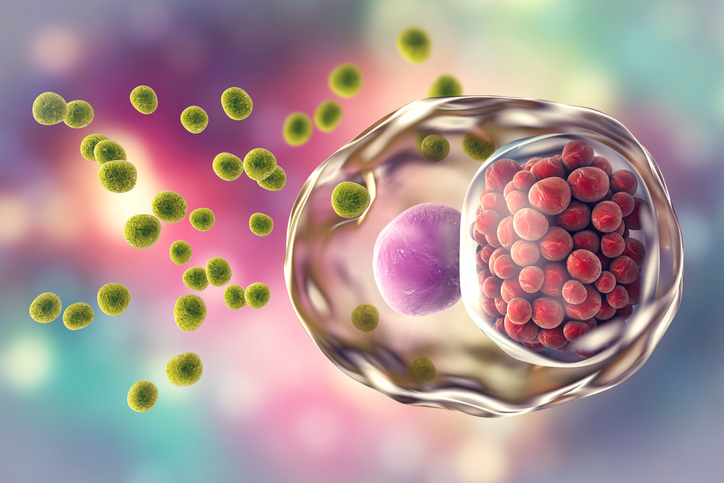Sexually transmitted diseases are often symptomless. And if you don’t treat or prevent them, they could leave you with blindness, cancer, and cause birth defects. So, knowing some essential facts about sexually transmitted diseases is key.
1. You don’t have to have intercourse to get STD
Often STDs spread because of myths and misconceptions, like the belief that people can only get infection through sexual intercourse. For instance, herpes or genital warts could be spread through skin-to-skin contact with an infected area or sore.
You can also get STDs through oral or anal sex. Scientists in Australia are theorizing that gonorrhea may actually be transmitted by deep kissing as well. So, if you decide to have sex, you and your partner need to get tested for STDs beforehand and always use protection.
2. You can get STDs from oral sex
Having oral sex is another way to get an STD. The most common STDs transmitted this way include gonorrhea, genital herpes, and syphilis. The riskiest type of oral sex is mouth-to-penis oral sex. But the overall risk is low when compared to vaginal or anal intercourse, and oral sex is not a risk factor for HIV. Other possibly dangerous infections passed through oral sex include hepatitis A and B, E. coli (responsible for food poisoning), and parasites like giardia.
3. Chlamydia is the most common STD
The Centers for Disease Control and Prevention (CDC) report that chlamydia is the most common sexually transmitted disease in the United States. Known as the “silent infection,” chlamydia often doesn’t cause any symptoms. If left ignored, the disease can lead to pelvic inflammatory disease, chronic pelvic pain, infertility, and potentially fatal ectopic pregnancy. Having untreated chlamydia puts pregnant women at risk of preterm delivery and might raise the likelihood that their infants will have conjunctivitis and pneumonia.
4. Untreated STDs raise your risk of getting HIV
Although most sexually transmitted diseases can be successfully treated, they can be extremely dangerous if left ignored. Untreated STDs can raise your risk of getting HIV. The CDC reports that people who have syphilis, gonorrhea, and herpes have more chances to get HIV or get it in the future due to their behaviors that put them at risk for one infection, like not using condoms, having multiple partners or anonymous partners. Having a sore or inflammation caused by an STD also makes it easier to get HIV.
5. Certain forms of STDs are drug-resistant
Gonorrhea is one of the most prevalent STDs around the world. In 2017, according to the World Health Organization, gonorrhea has become increasingly more difficult and sometimes impossible to treat with antibiotics. The gonorrhea superbug is a different strain that is common in parts of southeast Asia.
Gonorrhea, which can affect the genitals, rectum, and throat, often has no symptoms, and if left ignored it can contribute to pelvic inflammatory disease, ectopic pregnancy, infertility, and an increased risk of HIV.
6. STDs are extremely common in the U.S.
Sexually transmitted diseases continue to increase in the U.S. In fact, cases of chlamydia, gonorrhea, and syphilis reached an all-time high in the United States in 2018. Although the causes are complex, health experts agree that the main drivers of the STD increases have been the closure of public health clinics, the lack of funding for STD awareness and prevention efforts, and the loss of state and local health department staff during the 2008 recession that were never replaced. Additional causes might include the increased use of social media, applications, and online sites, and the declining fear of AIDS now that AIDS is treatable.
7. Zika can be transmitted by having sex
Zika is not a sexually transmitted diseases, however, it can actually be transmitted by sex. Men who have the infection for 30 days, can transmit it to another female or male. Zika, that spreads through a bite of a mosquito, often has no symptoms or may cause very mild symptoms. And most infected people don’t know they have it.
According to the Centers for Disease Control and Prevention (CDC), Zika poses the greatest risk to pregnant women since it can lead to a birth defect of the brain called microcephaly, along with pregnancy problems including miscarriage, stillbirth, and other birth defects.


